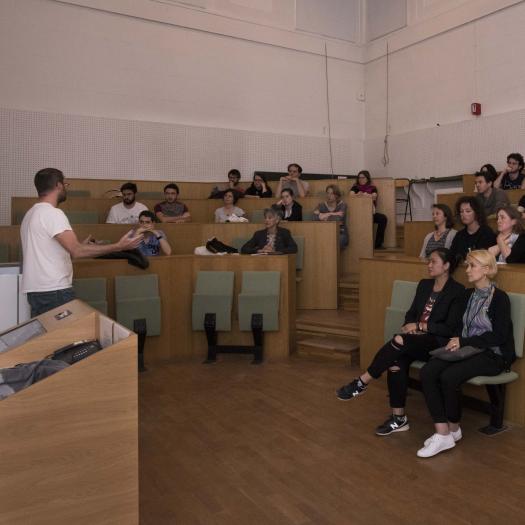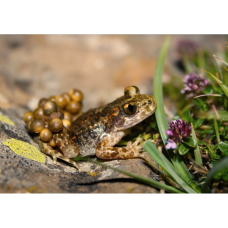Les séminaires de l’ISYEB accueillent Lucia Prieto-Godino du Francis Crick Institute

Les séminaires de l'ISYEB tous les mardis en amphithéâtre Rouelle

Les séminaires de l'ISYEB tous les mardis en amphithéâtre Rouelle
Sensory systems encode the world around us to produce context-dependent appropriate behaviours. However, we know little about the way new sensory evoked behaviours arise as receptors and neural circuits are re-shaped during evolution. To bring insights into these questions, we are comparing the olfactory systems of different Drosophila species that have diverged in adaptation to diverse ecological niches. We found diversification both at the level of olfactory receptor proteins and neural circuit components, and identified the genetic bases behind these evolutionary changes. At the receptor protein level, through homology modelling, mutational analysis and ancient protein reconstruction, we delineated a molecular evolutionary trajectory that reveals how the specificity of a receptor has shifted multiple times from one salient odour to another. In parallel, we are combining several approaches to investigate the cis- and trans-regulatory changes underlying the evolutionary expansion of neuronal population. Together, our work sheds light on important mechanisms through which neural circuits change over evolutionary time



